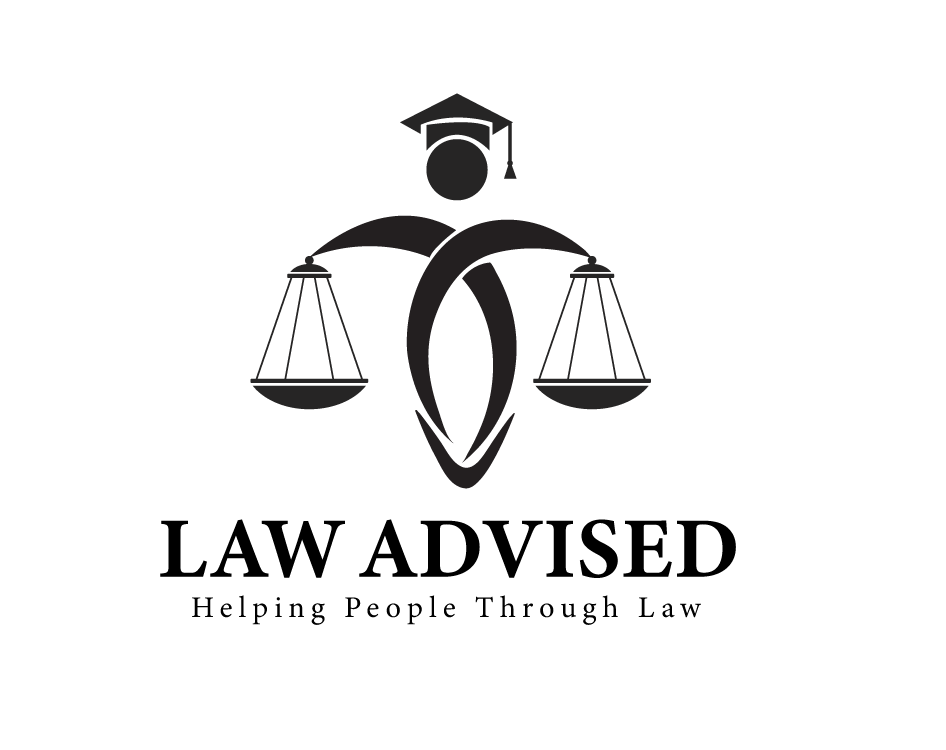The Separation of Powers was included in the Constitution to prevent the concentration of power. This system guarantees a division of governmental authority among the legislative, executive, and judicial branches.
The Framers of the Constitution recognized the susceptibility of centralized power to abuse and corruption. To address this concern, they advocated for the Separation of Powers. By distributing authority across different branches of government, each with its unique roles and responsibilities, it ensures a system of checks and balances.
This arrangement prevents any single branch from becoming too dominant or infringing upon the rights of citizens. The legislative branch is responsible for creating laws, the executive branch for enforcing these laws, and the judicial branch for interpreting them. This division ensures accountability and protects against authoritarianism, fostering a democratic society that upholds the principles of justice and equality.
The Historical Significance
The inclusion of the separation of powers in the Constitution holds immense historical significance. One of the primary influences on the Founding Fathers in this regard was the renowned philosopher Montesquieu. Montesquieu emphasized the dangers that arise from concentrated power. His ideas resonated strongly with the Founding Fathers, who were determined to prevent the abuses of power that had been witnessed under a monarchy.
Montesquieu argued that concentrating too much power in the hands of a single entity, whether it be an individual or a branch of government, would inevitably lead to tyranny. In order to prevent this, the Founding Fathers ensured that power was divided among three separate branches – the legislative, executive, and judicial – each with its own distinct powers and responsibilities.
This system of checks and balances, rooted in Montesquieu’s philosophy, serves as a safeguard against the abuse of power and ensures that no single branch becomes too dominant. By implementing the separation of powers in the Constitution, the Founding Fathers established a framework that promotes accountability and protects the rights and liberties of the people.
| The influence of Montesquieu on the Founding Fathers |
|---|
| Montesquieu’s emphasis on the dangers of concentrated power resonated with the Founding Fathers. |
| They were determined to prevent abuses of power witnessed under a monarchy. |
Ensuring Checks And Balances
Why was the Separation of Powers Included in the Constitution
Preventing tyranny through separation of powers: The concept of separation of powers was integral to the structure of the Constitution in order to prevent any one branch of government from accumulating too much power and potentially becoming tyrannical. By dividing power among the legislative, executive, and judicial branches, the framers sought to establish a system of checks and balances.
This system provides a framework where each branch has its own specific powers and responsibilities, enabling them to keep a check on the other branches. The legislative branch, represented by Congress, is responsible for creating laws. The executive branch, headed by the President, carries out and enforces those laws. And the judicial branch, led by the Supreme Court, interprets the laws and ensures their constitutionality.
With a well-defined separation of powers, no single branch can exert too much control, ensuring that important decisions are made through collaboration and compromise. This system has been crucial in maintaining the balance of power and upholding the principles of democracy.
Distribution Of Power
The separation of powers was included in the Constitution to ensure a distribution of power and prevent any one branch from becoming too powerful. It promotes checks and balances, allowing each branch to limit and oversee the actions of the others.
The Separation of Powers was included in the Constitution to ensure a balanced system of governance in the United States. This distribution of power is divided among three branches: the Legislative branch, the Executive branch, and the Judicial branch.
The Legislative branch is responsible for lawmaking and representation. It is comprised of the Senate and the House of Representatives, and its main function is to create and pass laws. This branch plays a crucial role in ensuring that the needs and interests of the people are represented and addressed.
The Executive branch is responsible for implementing and enforcing laws. The President, as the head of this branch, has the authority to enforce legislation and ensure its proper execution. This branch also includes various departments and agencies that are responsible for carrying out specific tasks and policies.
The Judicial branch is responsible for interpreting and applying the law. The Supreme Court, along with other federal courts, has the authority to settle legal disputes, interpret the Constitution, and ensure that laws are applied fairly and consistently. This branch acts as a check on the other branches, ensuring that their actions are lawful and constitutional.
By separating the powers and assigning specific responsibilities to each branch, the Constitution aims to prevent the concentration of power in a single entity and protect the rights and liberties of the American people.
Protecting Individual Rights And Liberties
Separation of powers in the Constitution plays a crucial role in safeguarding individual rights and liberties. It ensures a system of checks and balances among the three branches of government – legislative, executive, and judicial. This division of power prevents any one branch from becoming too powerful and infringing upon the rights of citizens.
The separation of powers is particularly vital in protecting individual freedoms. By dividing responsibilities and authority among different branches, it establishes a system where power is limited and distributed. This prevents the concentration of power in the hands of a few, reducing the risk of tyranny and abuse.
Judicial independence is an essential element of this separation of powers. It ensures that the judiciary can interpret and apply laws impartially, without undue influence from the other branches. This independence safeguards justice and prevents any infringement on individuals’ rights, as the judiciary acts as a neutral arbiter.
In conclusion, the inclusion of the separation of powers in the Constitution serves to protect individual rights and liberties. It promotes a system where power is balanced, preventing the abuse of authority and enhancing the checks and balances necessary for a functioning democracy.
Fostering Accountability And Transparency
The separation of powers is a fundamental principle included in the Constitution to foster accountability and transparency in government. By dividing the powers of the government into three separate branches – the legislative, executive, and judicial branches – the Constitution establishes a system of checks and balances that ensures no single branch becomes too powerful.
Maintaining accountability is crucial in a democratic society, as it prevents abuses of power and promotes fair decision-making. With a clear separation of powers, each branch of government has specific responsibilities and limitations, preventing any one branch from exerting excessive control or authority over the others.
Furthermore, the separation of powers enhances government transparency by promoting a system of checks and balances. Each branch acts as a watchful eye on the others, ensuring that any actions or decisions are subject to scrutiny and evaluation. This system helps prevent corruption, as accountability becomes ingrained in the functioning of the government.
In summary, the inclusion of the separation of powers in the Constitution is vital for maintaining accountability and transparency in government. By creating distinct branches with checks and balances, the Constitution establishes a framework that allows for effective governance while safeguarding against abuses of power.
Avoiding Concentrated Power
The dangers of a single entity having unchecked authority can lead to corruption, oppression, and an erosion of individual rights. The framers of the Constitution recognized this threat and sought to safeguard against it through the principle of separation of powers.
The notion of separating power into three distinct branches—the executive, legislative, and judicial—was intended to ensure a system of checks and balances that would prevent any one branch from becoming too powerful. Each branch is granted specific powers and responsibilities, creating a system of accountability.
The executive branch carries out the laws, the legislative branch makes the laws, and the judicial branch interprets the laws. By distributing power in this way, no single branch has absolute authority, and each branch serves as a check on the others.
This system is essential for protecting individual liberties and preventing abuses of power. It ensures that decisions are made collectively, with input from multiple perspectives, and encourages debate and compromise.
The separation of powers is a fundamental principle of the Constitution, designed to safeguard against concentrated power and to ensure that the government operates in the best interest of the people it serves.
Promoting Stability And Longevity Of Democracy
Why was the Separation of Powers Included in the Constitution
The role of the separation of powers in maintaining a lasting democracy
The inclusion of the separation of powers in the Constitution was a deliberate decision aimed at promoting stability and longevity of democracy. By dividing powers among three distinct branches of government, namely the executive, legislative, and judicial branches, the framers of the Constitution sought to create a system of balances and checks.
This system would prevent any one branch from amassing excessive power and help guard against the possible tyranny of a single entity. The executive branch is responsible for enforcing the laws, the legislative branch for making laws, and the judicial branch for interpreting laws.
By assigning specific roles and responsibilities to each branch, the separation of powers ensures that no one entity has the ultimate authority, resulting in a balance of power that is crucial for the well-being of society. This balance leads to greater accountability, transparency, and the ability to prevent abuses of power.
Frequently Asked Questions Of Why Was The Separation Of Powers Included In The Constitution
Faq 1: Why Was The Separation Of Powers Included In The Constitution?
The separation of powers was included in the Constitution to prevent abuse of authority and provide a system of checks and balances among the three branches of government.
Faq 2: What Is The Significance Of The Separation Of Powers?
The separation of powers ensures that no single branch of government becomes too powerful, promoting a healthy balance and safeguarding democracy.
Faq 3: How Does The Separation Of Powers Promote Government Accountability?
By dividing power among the legislative, executive, and judicial branches, the separation of powers ensures that each branch can hold the others accountable, preventing the concentration of power in one entity.
Faq 4: How Does The Separation Of Powers Protect Individual Rights?
The separation of powers protects individual rights by ensuring that no single branch can infringe upon them, maintaining a system of checks and balances.
Faq 5: Does The Separation Of Powers Enhance Government Efficiency?
Yes, the separation of powers enhances government efficiency by decentralizing power and allowing each branch to focus on its respective roles and responsibilities.
Faq 6: Can The Separation Of Powers Be Changed?
The separation of powers is a fundamental principle of the Constitution, and while some modifications may occur through amendments, any changes would require a rigorous process to maintain the integrity of the system.
Conclusion
The inclusion of the separation of powers in the Constitution was a fundamental decision to safeguard against the concentration of authority and maintain a balance of power. This vital principle helps to prevent abuses and ensure checks and balances within the government.
By distributing power among the three branches, the Constitution aims to preserve individual liberties and promote the efficient functioning of a democratic society. Understanding the significance of this principle is essential to appreciate the stability and effectiveness of the American governmental system.
Ismail Hossain is the founder of Law Advised. He is an Divorce, Separation, marriage lawyer. Follow him.




Leave a Reply